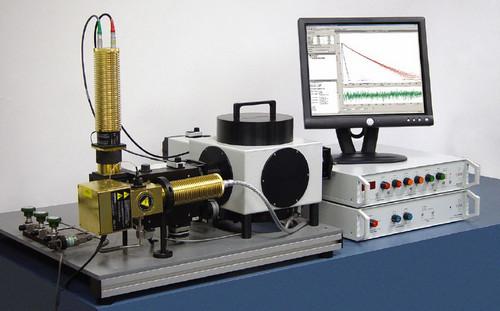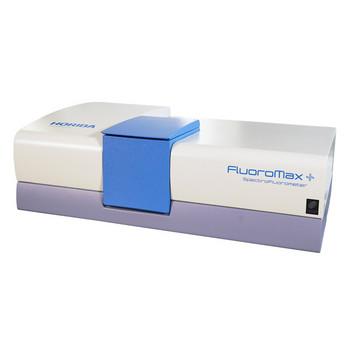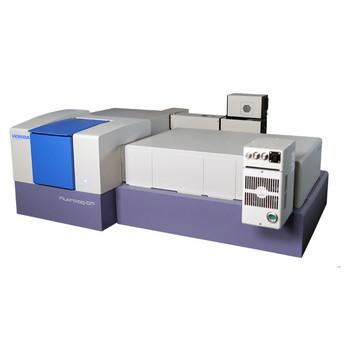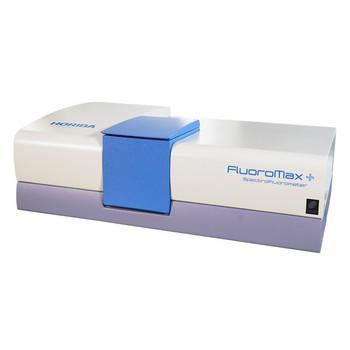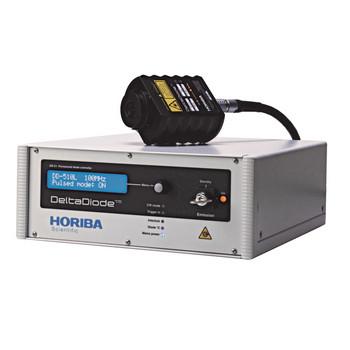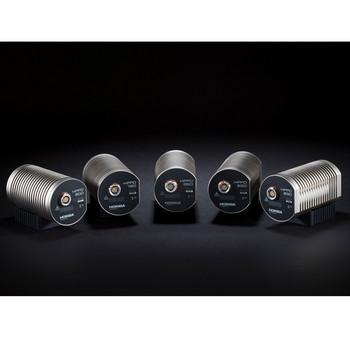
| Minimum Lifetime | 25ps with laser diode source* |
| Shortest measurement time | 1 millisecond* |
| Repetition rates | 10kHz - 1MHz with NanoLED, 10kHz - 100MHz with DeltaDiode, 0.1Hz - 10kHz with SpectraLED |
| Diode controller | DeltaPro-NL: NanoLED and SpectraLED. DeltaPro-DD: DeltaDiode and SpectraLED |
| Prompt FWHM | <200ps FWHM with PPD/TBX and laser diode |
| Deadtime | 10ns |
| Time ranges | 10ns - 11s (DeltaPro-DD) |
| Wavelength selection | Interchangeable filters (not included), monochromators optional |
| Detector response | 250 - 650nm standard, 250 - 850nm and 300 - 900nm optional. |
| PC interface | USB 2.0. PC not included. Requires Windows XP or Windows 7, 32/64-bit English language ver. |
| System Footprint | 75cm x 45cm x 25cm nominal excluding PC |
*dependent on sample and system configuration














